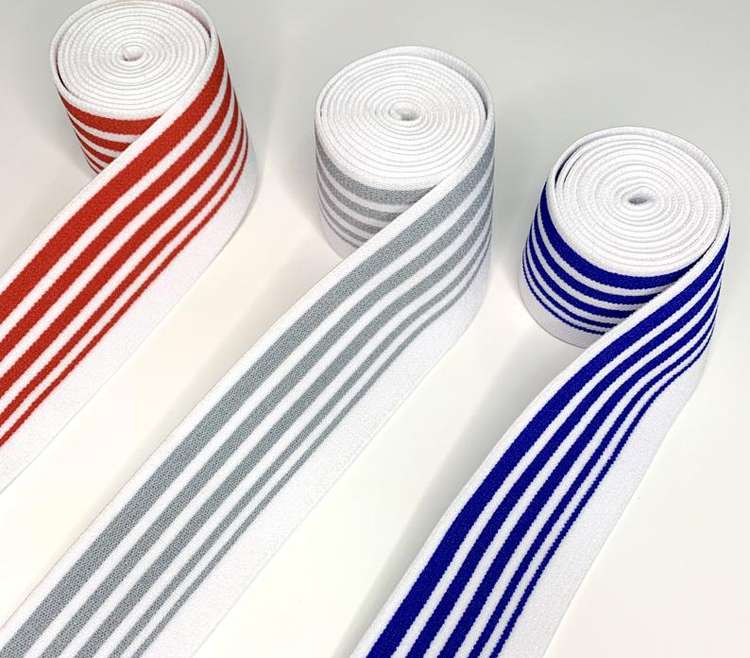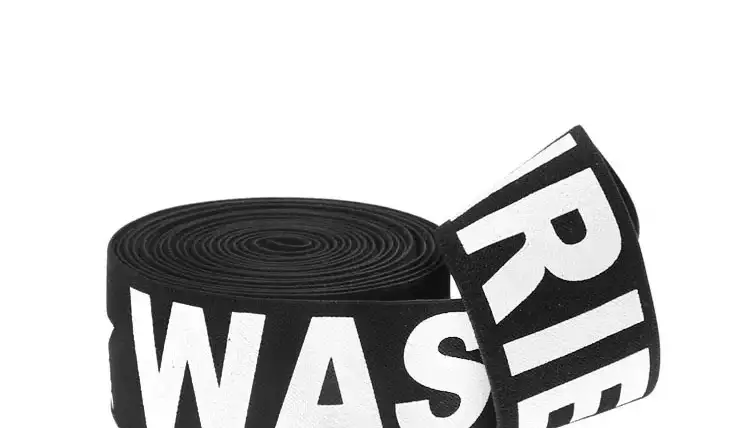Elastic webbing refers to a narrow fabric or tubular fabric made from various yarns. There are a wide variety of belt fabrics, which are widely used in various industrial sectors such as apparel, shoe materials, luggage, industry, agriculture, military supplies, and transportation.
The raw material of elastic webbing is cotton thread and hemp thread. After the founding of New China, the raw materials for webbing have gradually developed to nylon, vinylon, polyester, polypropylene, spandex, viscose, etc., forming three major types of technology such as weaving, knitting, and knitting. The fabric structure includes plain weave, twill weave, satin weave, jacquard, Double-layer, multi-layer, tubular and joint organization.
Dyeing technology determined by material:
1.Polyester
Polyester fiber characteristics (fineness)-hot melt dyeing, high temperature and high pressure dyeing-selected dyes-disperse dyes-temperature-(hot melt dyeing) around 190 degrees Celsius-(high temperature and high pressure dyeing) around 130 degrees Celsius.
2. Nylon
Nylon fiber characteristics (with reactive functional groups)-steaming technology-selected dyes-(weak) acid dyes-temperature-100 degrees Celsius or so.
3. Cotton product (cellulose fiber)
Basic technology and process of dyeing workshop
a. Polyester fiber
In the belt-before washing-before drying-coloring tank-pre-drying (infrared)-high temperature baking-after washing (recovery cleaning)-after drying-off the belt.
The effect of infrared pre-bake:
Dye molecules begin to attach to the fiber to prevent the appearance of color and flower problems.
The effect of high temperature baking:
Enrich the dye molecules into the fiber and complete the process of dyeing the fiber with the dye.
The effect of restoring cleaning:
Make the remaining dye molecules decompose to ensure the color fastness of the product.
b. Nylon fiber
Into the belt-coloring tank-hot steam steaming-post water washing-post drying-take off
The effect of steaming:
Make the acid dye molecules fully react with the corresponding functional groups in the fiber, and complete the process of dyeing the fiber with the acid dye.
The effect of washing:
Remove the dye molecules that do not have a complete response, and ensure the color fastness of the product.







